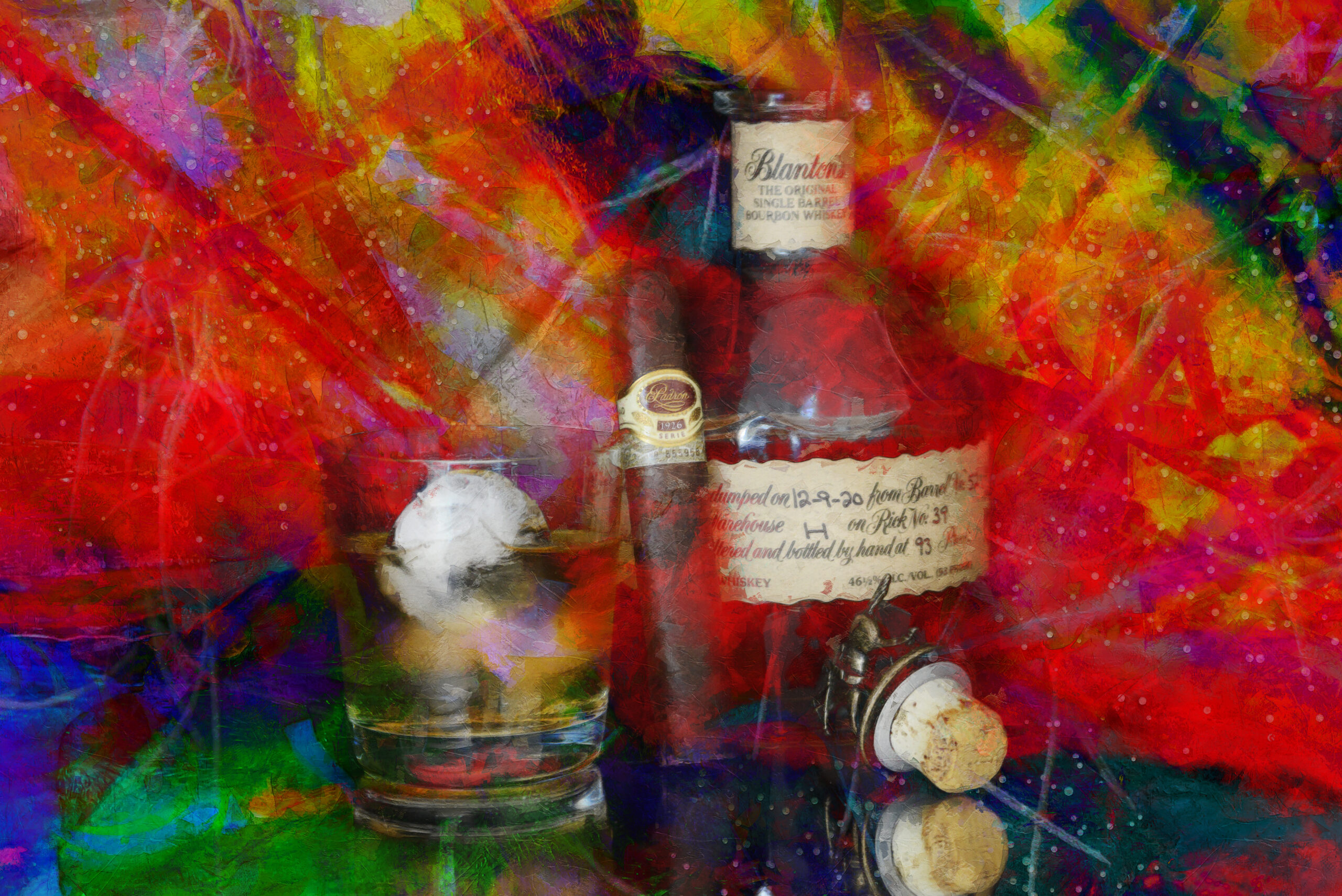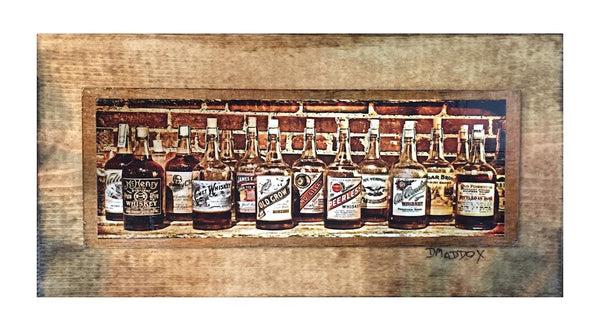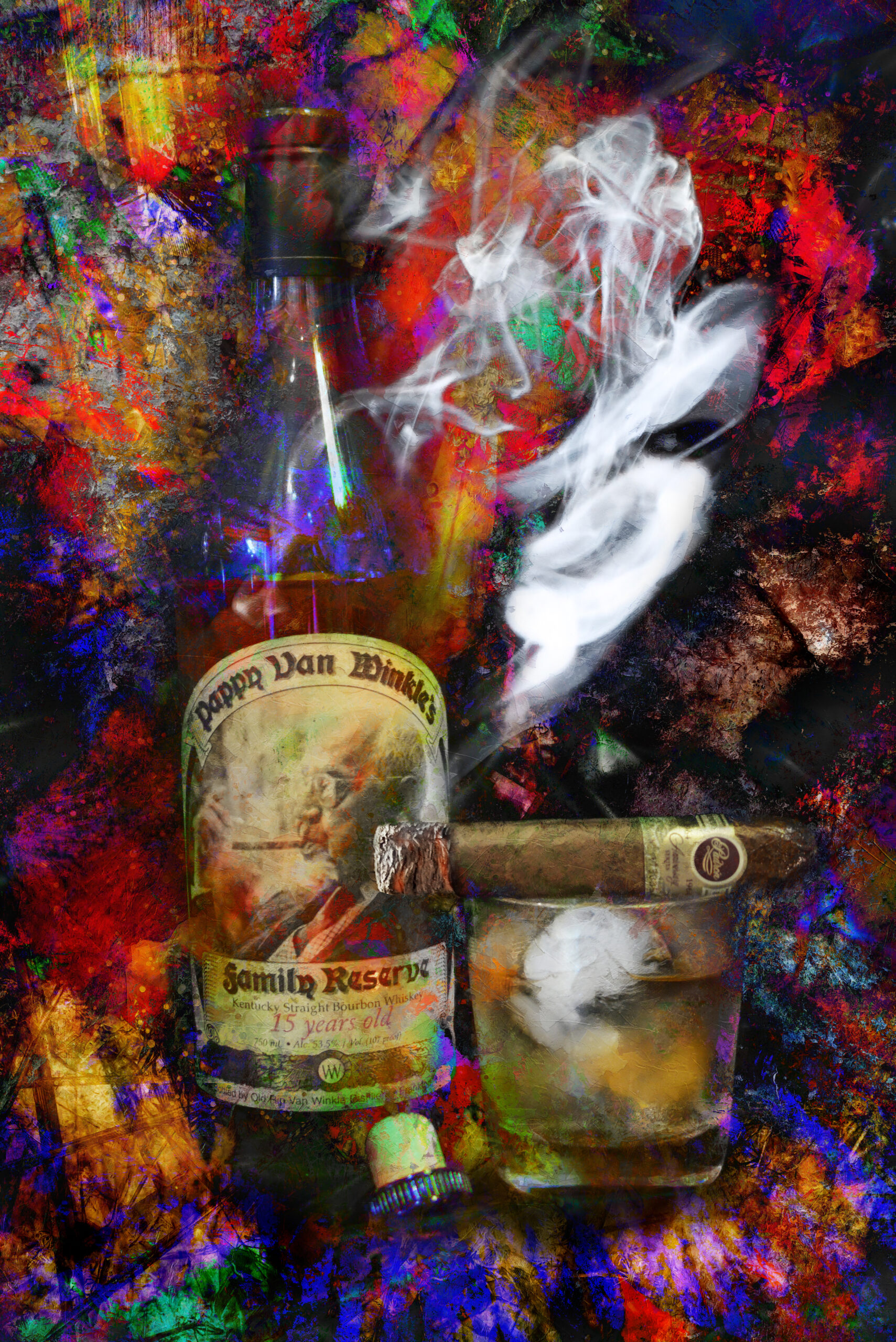Recording the Significance of Bourbon Art With Unique Visual Depictions and Designs
The art of whiskey extends past the liquid itself, materializing through a variety of visual representations that envelop its storied heritage and craftsmanship. What stays to be revealed is just how these advancing designs show not just the bourbon itself but additionally the altering landscape of artistic interpretation. Realism Art.
The Background of Whiskey Art

As bourbon manufacturing spread, so too did the wish to boost its experience with art. From the intricate inscriptions on very early barrels to the elaborate labels of modern-day containers, each component mirrors an unique creative vision, functioning as a visual story of the whiskey's heritage.
In the 19th and 18th centuries, the increase of the industrial revolution better improved bourbon art, resulting in innovative product packaging and advertising that caught consumer focus. Musicians and designers started explore aesthetic appeals, imbuing whiskey-related images with symbolic definitions that communicated notions of neighborhood, practice, and workmanship.
Today, whiskey art remains to evolve, blending traditional methods with modern art kinds. Whiskey Art. This continuous dialogue between the spirit and its aesthetic depiction emphasizes the enduring bond between bourbon and society, improving the overall experience for enthusiasts worldwide
Iconic Bottle Styles
While several aspects add to the allure of bourbon, legendary bottle styles play a pivotal duty in shaping customer assumption and improving the overall experience. The visual discussion of whiskey containers is not merely a visual consideration; it functions as a bridge between the item and the customer, stimulating feelings and establishing assumptions.
Distinct shapes, materials, and closures can boost a whiskey brand name's identity, making it instantly identifiable on crowded shelves. The timeless Glenfiddich container, with its classy conical silhouette, shares a sense of practice and workmanship, while the vibrant, modern style of the Balvenie bottle mirrors innovation and refinement. In addition, making use of colored glass or special structures can recommend the quality and personality of the scotch within.
Famous layouts commonly include components of social heritage, representing the brand name's history and connection to its origins. Brands like Jack Daniel's utilize an uncomplicated, robust design that resonates with its American bourbon heritage. Eventually, the effect of bottle layout expands beyond simple functionality; it encapsulates the essence of the brand name, welcoming customers to indulge and discover in the rich tapestry of whiskey society.
Tag Art Work and Branding
Bottle layouts usually set the phase wherefore consumers can anticipate, yet tag art work and branding play an equally substantial role in interacting a whiskey's identification. The tag functions as the very first factor of get in touch with between the customer and the product, encapsulating the significance of the bourbon within its aesthetic aspects.
Efficient label art work combines color, typography, and images to develop a click site narrative that reverberates with the brand name's heritage and target market. A label including classic font styles and complex illustrations might stimulate a feeling of tradition and workmanship, appealing to lovers. On the other hand, vibrant colors and modern layout components could attract a more youthful market looking for innovation and excitement.


Digital Photography and Visual Narration
Recording the significance of Discover More whiskey via photography and aesthetic storytelling is an art form that raises the brand experience. This tool goes beyond simple item representation, diving right into the detailed stories that surround each container. By employing engaging images, digital photographers can stimulate emotions that reverberate with consumers, ultimately creating a deeper link to the whiskey brand.
Aesthetic storytelling in whiskey photography commonly utilizes abundant appearances, illumination, and structure to highlight the special qualities of the spirit. The interplay of light and shadow can accentuate the brownish-yellow shades of scotch, while the option of background components-- such as rustic barrels or elegant glasses-- can strengthen the brand name's heritage or lifestyle associations.
In addition, catching the ceremonial aspects of whiskey consumption, from the putting to the sampling, welcomes customers right into a sensory experience, enabling them to imagine the flavors and scents that await. Each photo not just showcases the product however likewise narrates of craftsmanship, tradition, and the minutes that bourbon can enhance - Bourbon Art. Thus, digital photography ends up being a powerful tool in verbalizing the identification of whiskey brand names, positioning them within the broader cultural landscape
Emerging Trends in Whiskey Art
The development of whiskey art is progressively formed by contemporary trends that mirror wider social shifts and customer preferences. This change not just highlights the relevance of sustainability yet additionally boosts the story surrounding bourbon production.
Furthermore, digital art has actually risen in popularity, enabling ingenious representations of scotch. Artists are leveraging modern technology to craft immersive experiences, such as augmented reality installments that engage visitors and provide a deeper understanding of whiskey's cultural importance. This pattern additionally encompasses social media systems, where visually striking material amasses focus and promotes neighborhood amongst lovers.
Furthermore, collaborations in between scotch brands and artists are ending up being a lot more typical. These collaborations yield limited-edition packaging designs and exclusive artworks that commemorate both the workmanship of bourbon and the creativity of musicians. As whiskey look what i found art remains to advance, these emerging fads will most certainly shape its future, cultivating a dynamic intersection of culture, sustainability, and innovation within the whiskey neighborhood.
Final Thought
Finally, the art of scotch incorporates a varied range of aesthetic depictions that reflect its abundant heritage and craftsmanship. From famous bottle designs and intricate label artwork to engaging digital photography, each aspect adds to a broader narrative that boosts the consumer's experience. As emerging trends, such as digital art and sustainability, remain to shape this creative landscape, the complex identification of scotch remains a sustaining resource of social connection and expedition.

In conclusion, the art of whiskey incorporates a diverse variety of aesthetic representations that mirror its rich heritage and craftsmanship.